Downy Brome
- Grass (Poaceae family):
- Bromus tectorum L.
- EPPO code:
- BROTE
- Other names:
- Cheat, cheat grass, cheat grass brome, downy chess, slender chess
Species information
- Lifecycle:
- Annual or winter annual.
- Propagation:
- Reproduces by seed.
- Emergence:
- Most seeds germinate in the autumn, but some also germinate in the spring.
- Habitat:
- Downy brome grows throughout Ontario on all soil types. Most commonly, though, it grows on roadsides, in waste places, on beaches and in cereal field crops.
- Competitiveness:
- Field studies in the United States have shown as much as a 92% yield loss in winter wheat when competing with a 200 plant/m2 density when it emerges prior to wheat.
Identification clues
- Auricles:
- None.
- Ligule:
- Membranous.
- Leaf blade:
- The leaf blades of downy brome have soft, short, dense hairs on both surfaces.
- Leaf sheath:
- Leaf sheaths are rounded and densely haired with short, soft hairs that are white with a tinge of red at the base.
- Stem:
- In good soil conditions, downy brome’s stem grows 20–60 cm tall. In gravelly soils, it grows less than 20 cm high.
- Seed heads:
- Downy brome flowers from May to August. The seed head is a long panicle with many soft, slender and dropping branches. Spikelets have long awns and 2–7 florets.
- Roots:
- Fibrous.
Often mistaken for
I know it's not Chess because downy brome has a much hairier leaf sheath and its spikelet has long awns and much thinner seeds.
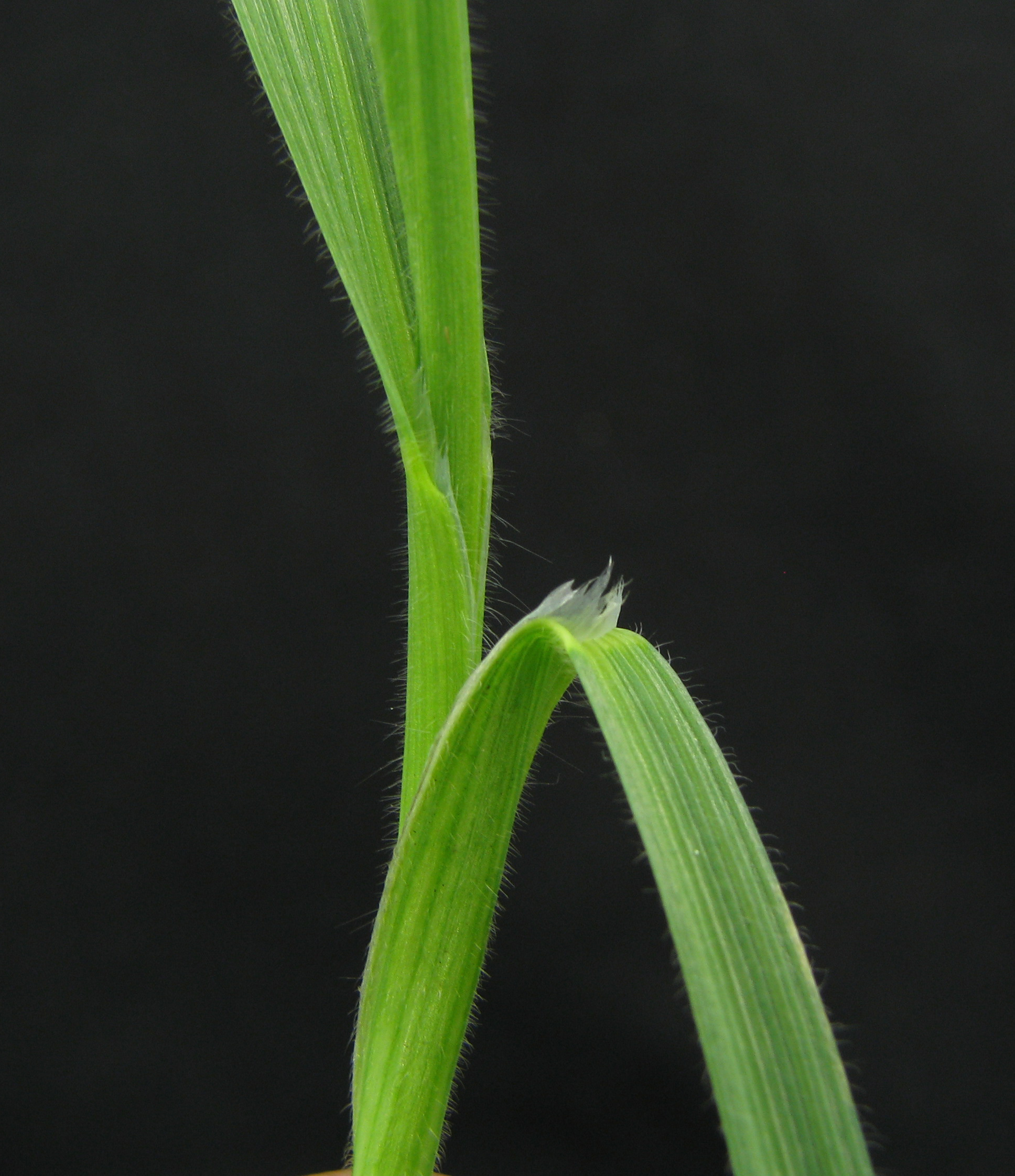
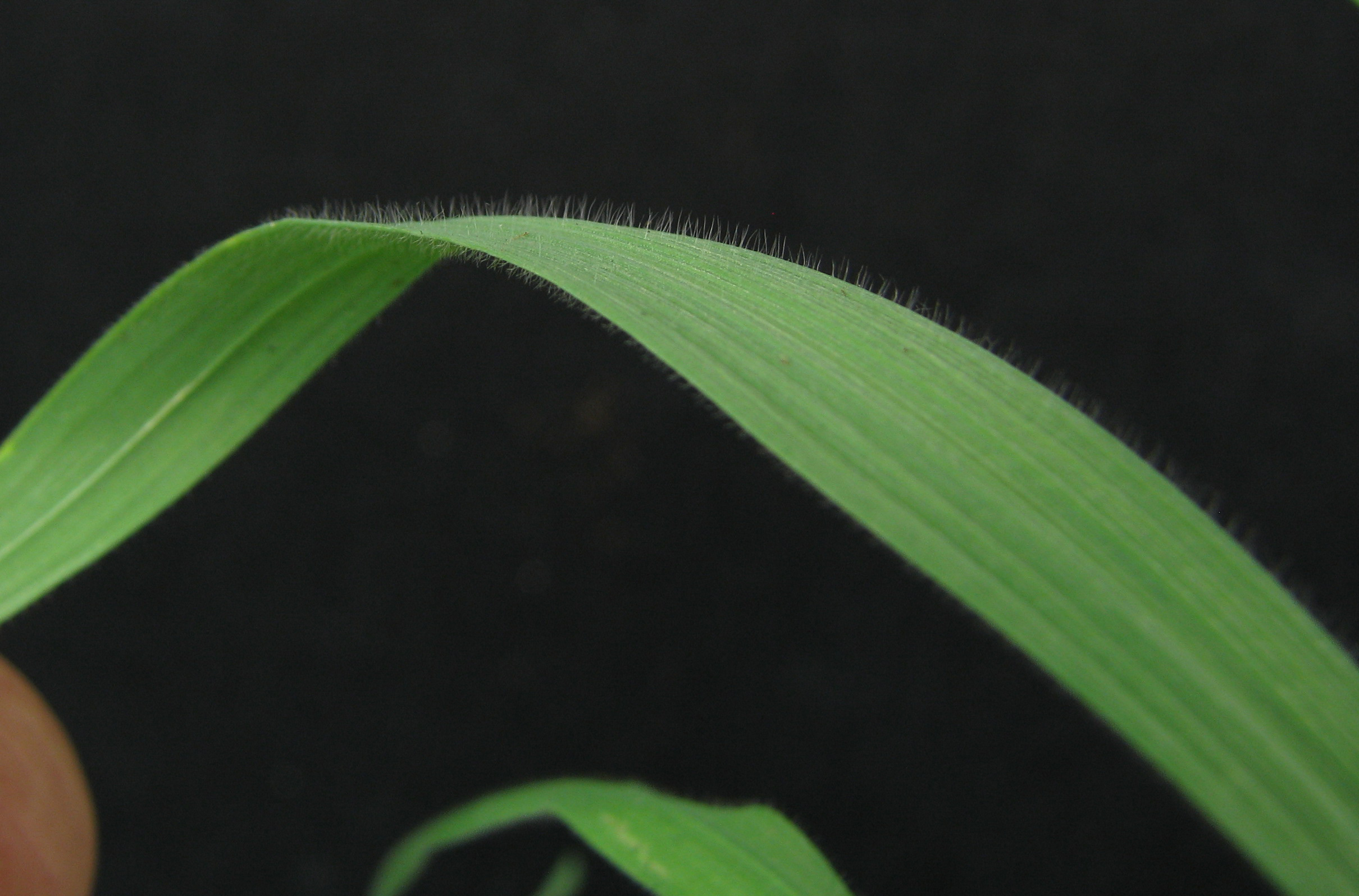
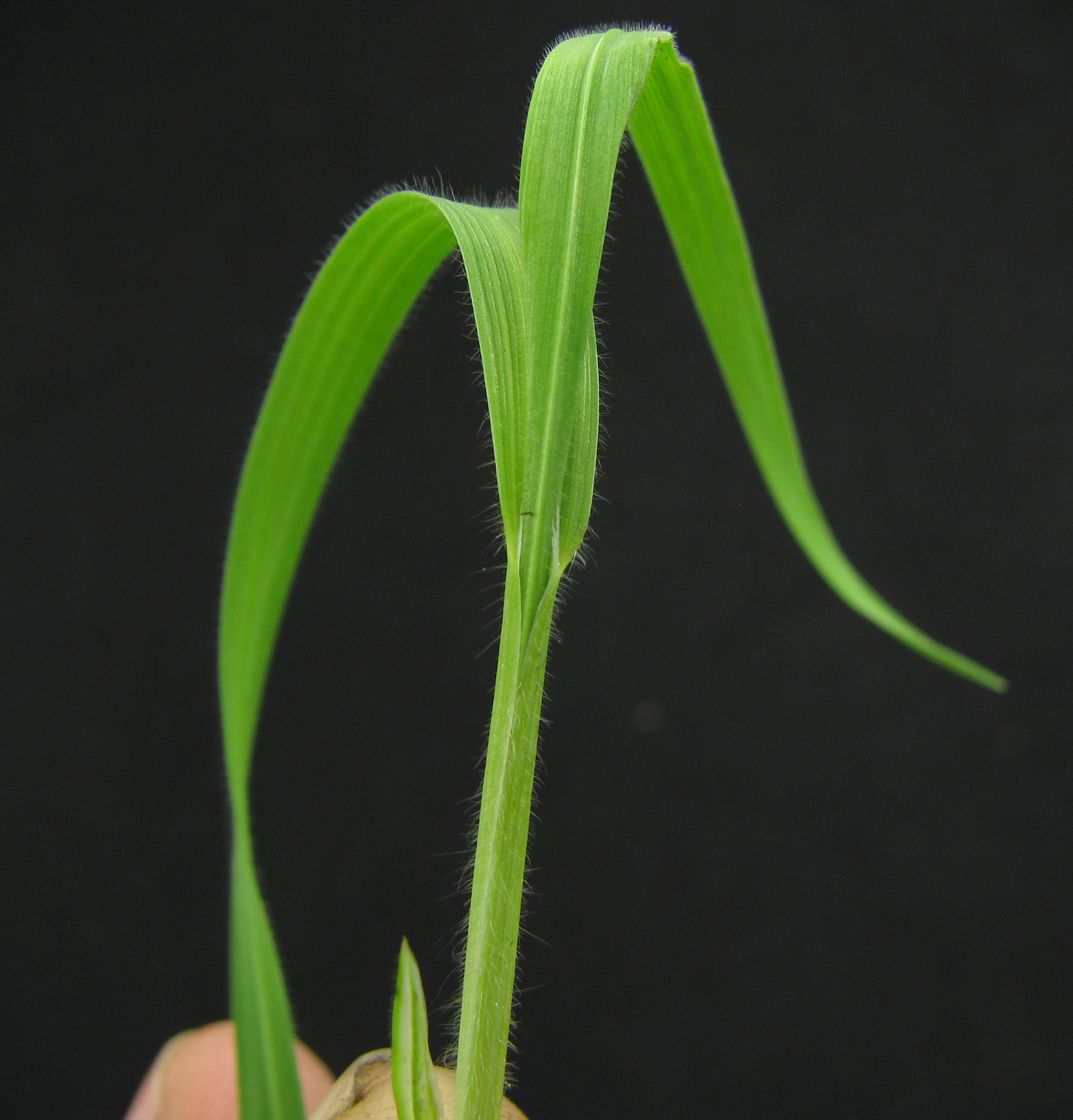
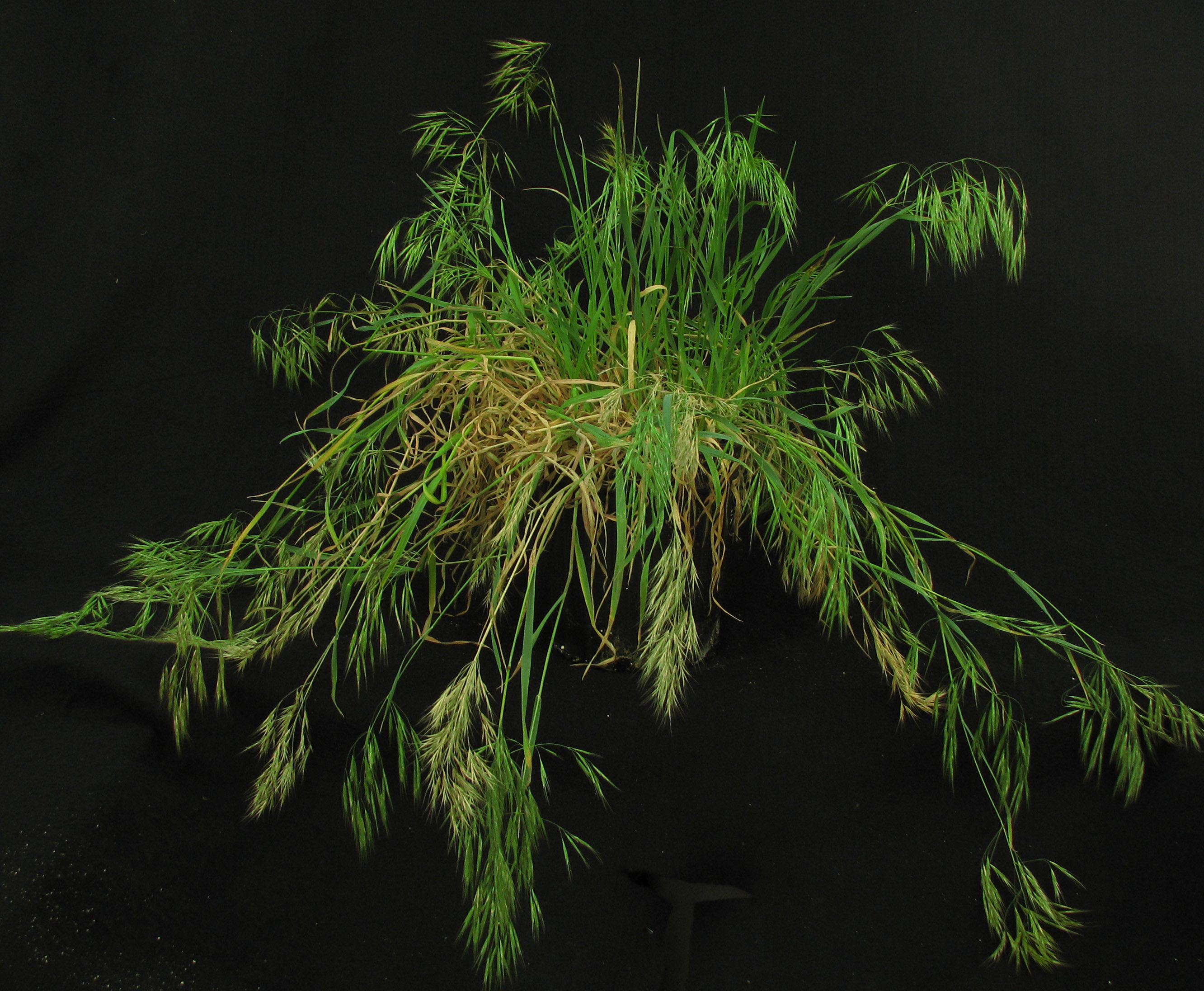
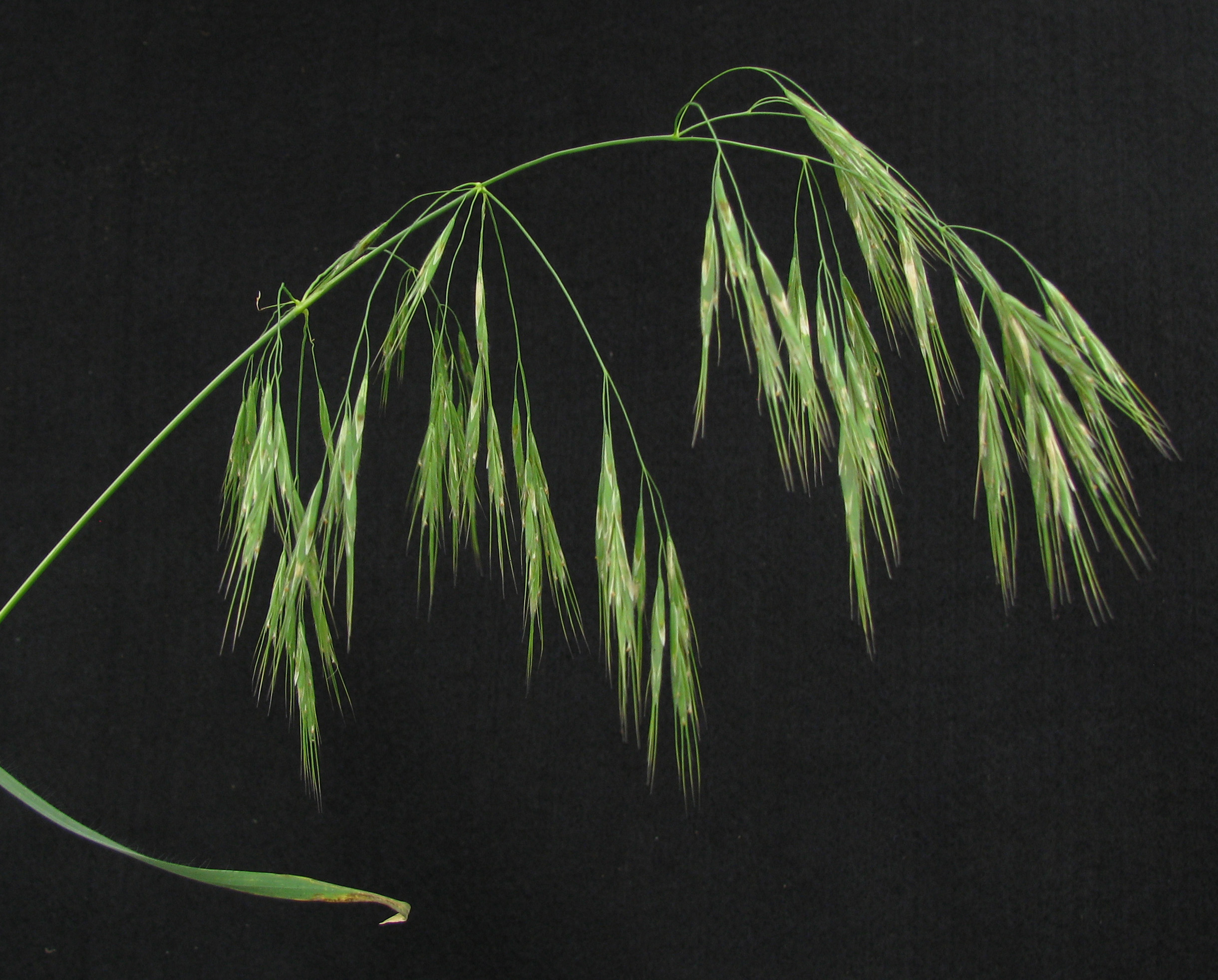
Updated: January 13, 2023
Published: January 13, 2023